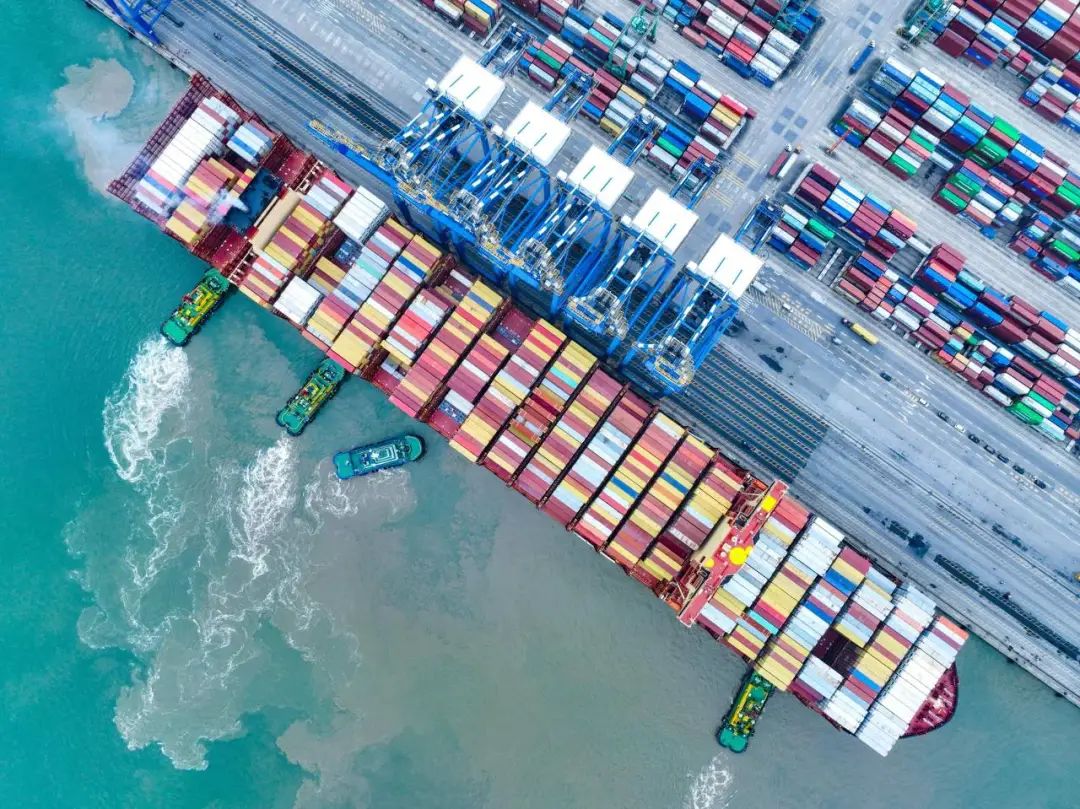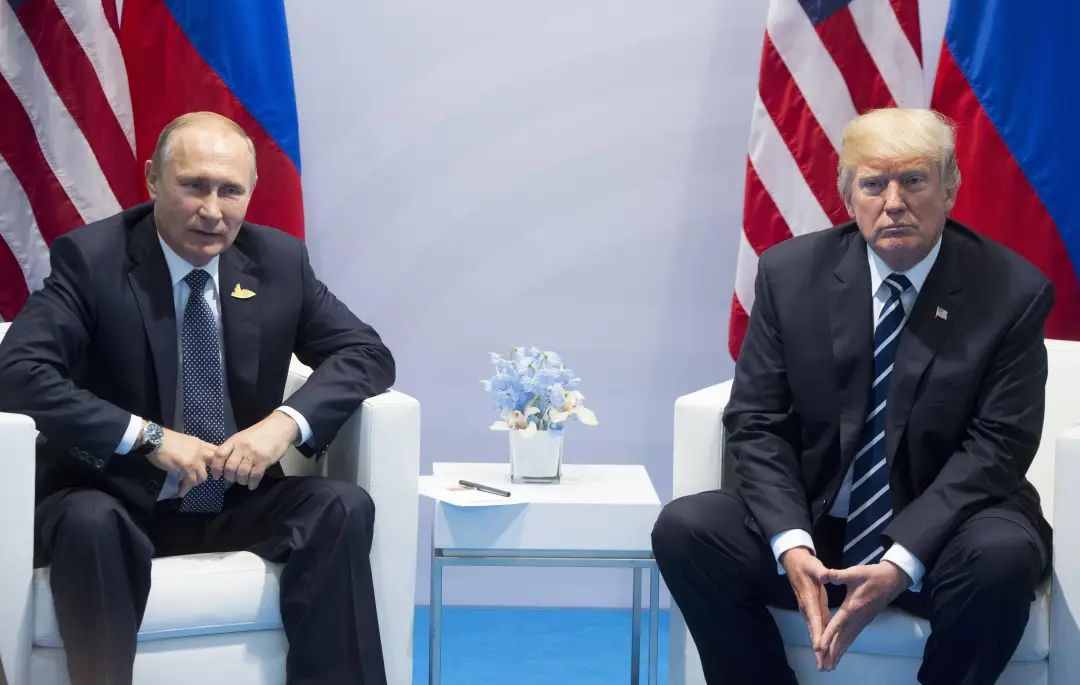Three Phases of U.S.-China Tariff Truce Latest Developments

The first time point: August 8th
On July 29, Trump shortened the deadline for Russia and Ukraine to reach a peace agreement from the previous 50 days to 10 days, starting from that day. That means the deadline is August 8, Eastern Time.
According to Trump's warning, if Russia does not make progress on this issue before the deadline (August 8), it will face new sanctions from the United States. The sanctions include the imposition of very severe tariffs, which will reach around 100%. These tariffs are referred to as "Secondary Tariffs," mainly targeting countries that purchase Russian oil and natural gas.
On the afternoon of August 8, Eastern Time, Trump stated that he would meet with Russian President Putin in Alaska on August 15 to negotiate an end to the war in Ukraine.
The second time point: August 12th
August 12 (next Tuesday) is the deadline for the U.S. and China to reach a tariff suspension agreement. Last week, the U.S. and China held a meeting in Stockholm, Sweden, in an effort to extend the trade war truce by three months.
During this period, Trump and U.S. Treasury Secretary Mnuchin repeatedly stated: "We are very close to reaching an agreement" and "The conditions for reaching an agreement are in place."
Trump has not yet publicly announced the decision to extend for 90 days.
The purchase of Russian oil is the biggest external obstacle.
To ensure the smooth progress of future negotiations, Trump will definitely choose to extend the truce period to retain bargaining chips.
The third milestone: August 15 (next Friday)
Trump will meet with Putin in Alaska on August 15. This is a continuation of the "first time point."

Recently, Trump has made a series of progress in reaching "peace agreements."
On August 8, U.S. time, Trump hosted Azerbaijani President Aliyev and Armenian Prime Minister Pashinyan at the White House to sign a peace agreement. Last month, Trump called Cambodia and Thailand separately to promote the end of border conflicts.
Trump is eager to end the Russia-Ukraine conflict to fulfill his long-overdue campaign promise.
If the negotiations go smoothly, the United States will lift the potential new sanctions on Russia.
If negotiations break down, secondary tariff sanctions with tariffs as high as 100% will follow.
Trump's so-called "secondary tariffs" refer to directly imposing tariffs on countries that do business with Russia, especially those that purchase Russian oil and natural gas.
On August 6, Trump will increase the tariffs on Indian goods from 25% to 50%, citing India's disregard for U.S. sanctions against Russia and its continued purchase of Russian oil.
This is Trump's "knock the mountain and shake the tiger" strategy, and this action directly accelerated the arrival of the "third time node."
Trump deliberately left room for negotiation; the tariffs on Indian oil will take effect 21 days after August 7.
Trump also stated that he might announce similar tariffs on China.
Indian sources revealed to Reuters that in response to Trump's decision to impose additional tariffs on India, India has suspended several American arms procurement projects. Meanwhile, India expressed its willingness to reduce oil imports from Russia in order to reach a trade agreement with the United States.
【Copyright and Disclaimer】The above information is collected and organized by PlastMatch. The copyright belongs to the original author. This article is reprinted for the purpose of providing more information, and it does not imply that PlastMatch endorses the views expressed in the article or guarantees its accuracy. If there are any errors in the source attribution or if your legitimate rights have been infringed, please contact us, and we will promptly correct or remove the content. If other media, websites, or individuals use the aforementioned content, they must clearly indicate the original source and origin of the work and assume legal responsibility on their own.
Most Popular
-

List Released! Mexico Announces 50% Tariff On 1,371 China Product Categories
-

EU Changes ELV Regulation Again: Recycled Plastic Content Dispute and Exclusion of Bio-Based Plastics
-

Case Study | Clariant AddWorks™ Additives Solve Plastic Yellowing Problem
-

Mexico officially imposes tariffs on 1,400 chinese products, with rates up to 50%
-

Wanhua Chemical Transforms Annual Production of 60,000 Tons PBAT Facility to Produce PETG






